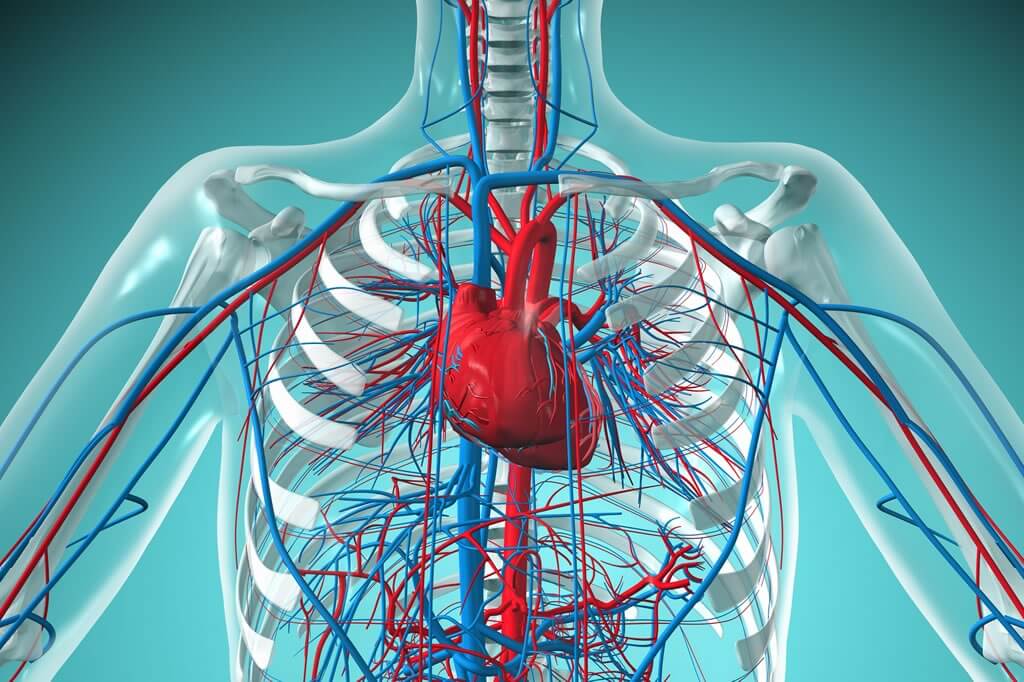Anatomy and physiology form the cornerstone of our understanding of the human body. These two interrelated branches of health and medicine provide invaluable insights into how our bodies work. Studying these topics enables us to comprehend the complex machinery that sustains our lives. Anatomy delves into the study of the body’s structure, exploring the arrangement and organization of its various components, while physiology focuses on the mechanisms and processes that underlie the body’s functions, encompassing everything from cellular processes to systemic interactions.
Skeletal System
The skeletal system provides structure and support for our body. Consisting of bones and cartilage, it protects our internal organs, anchors our muscles, and enables mobility. The bones connect at joints, like the freely movable shoulder joints or the fixed cranial sutures.
- An Overview of the Skeletal System
- Introduction to the Skeletal System
- The Skeletal System and its Anatomy and Function
Muscular System
The muscular system consists of skeletal, smooth, and cardiac muscle tissues. Skeletal muscles attach to bones and allow us to move voluntarily. Smooth muscles line internal organs and blood vessels, controlling involuntary movements. Cardiac muscle forms the heart, pumping blood throughout the body.
Cardiovascular/Circulatory System
The cardiovascular system, or circulatory system, transports blood throughout your body. It consists of the heart, blood vessels, and the blood itself. The heart is a muscular organ that pumps blood through the blood vessels to the body. It has four chambers: two atria and two ventricles. Blood flows through the right side of the heart, into the lungs, through the left side of the heart, and out to the rest of the body.
- The Heart and Circulatory System
- About the Circulatory System
- An Overview of the Cardiovascular System
Study a Wide-Ranging Curriculum at Pitt
Advance Your Career at Pitt
Digestive System
The digestive system breaks down the foods we consume. It extracts nutrients and water while eliminating waste. Parts of this system include the gastrointestinal tract, salivary glands, pancreas, liver, and gallbladder.
- Diagram of the Digestive System
- An Overview of the Digestive System
- Functional Anatomy of the Digestive System
Nervous System
The nervous system consists of the brain, the spinal cord, and a complex network of neurons. It is responsible for controlling and coordinating all of the body’s functions. The nervous system translates external stimuli into internal responses. It allows you to perceive and respond to the world around you.
- Basic Structure and Function of the Nervous System
- Understanding the Brain’s Stress Response
- Neurons, Nerves, and Nervous Systems
Respiratory System
The respiratory system includes the lungs, airways, and respiratory muscles. It works together to let us inhale oxygen and exhale carbon dioxide. Inhaled oxygen is transported to the bloodstream, which carries it throughout the body to provide our cells and tissues with oxygen. Carbon dioxide, a waste product of cell respiration, is taken back to the lungs and exhaled.
Endocrine System
The endocrine system is made of glands that produce and release hormones. The major endocrine glands include the pituitary, thyroid, parathyroid, adrenal, pineal, and reproductive glands (ovaries and testes). Hormones released from these glands help regulate growth and development, metabolism, sexual function, reproduction, sleep, and mood.
Urinary System
The urinary system produces, stores, and eliminates urine. The kidneys filter waste from the blood and regulate levels of water and electrolytes in the body, creating urine. The ureters carry urine from the kidneys to the bladder, where it’s stored until it’s excreted from the body through the urethra.
Immune/Lymphatic System
The immune system is a network of cells, tissues, and organs that works to defend the body against infections and foreign substances. When the immune system detects an antigen, it activates an immune response. The lymphatic system includes lymph nodes, vessels, and other lymphoid organs, like the spleen and thymus. The lymphatic system works with the immune system to protect the body. Lymph nodes filter lymph fluid and contain lymphocytes like B cells, T cells, and other immune cells.
Reproductive System
The reproductive system allows humans to produce offspring and continue our species. Primary sex organs are the penis and testicles, which produce and transport sperm. The penis deposits sperm into the reproductive tract during intercourse. The testes produce millions of sperm daily and the hormone testosterone. Other primary sex organs are the ovaries, fallopian tubes, uterus, cervix, and vagina. The ovaries release eggs and produce the hormones estrogen and progesterone. The fallopian tubes transport eggs from the ovaries to the uterus. The uterus is where a fetus develops during pregnancy. The cervix separates the uterus and vagina, and the vagina is the canal leading to the outside of the body.
Integumentary System
The integumentary system includes the skin, hair, nails, and exocrine glands. As the body’s first line of defense, the integumentary system protects against environmental damage, pathogens, and fluid loss. It also helps regulate body temperature and is involved in vitamin D production.
Additional Reading on Anatomy and Physiology
- Human Anatomy and Physiology
- Anatomy and Physiology Basics
- Organ Anatomy Game
- Anatomy Facts Quiz
- The Blood Typing Game
- Poke-a-Muscle Game
- Physician Assistant Studies
